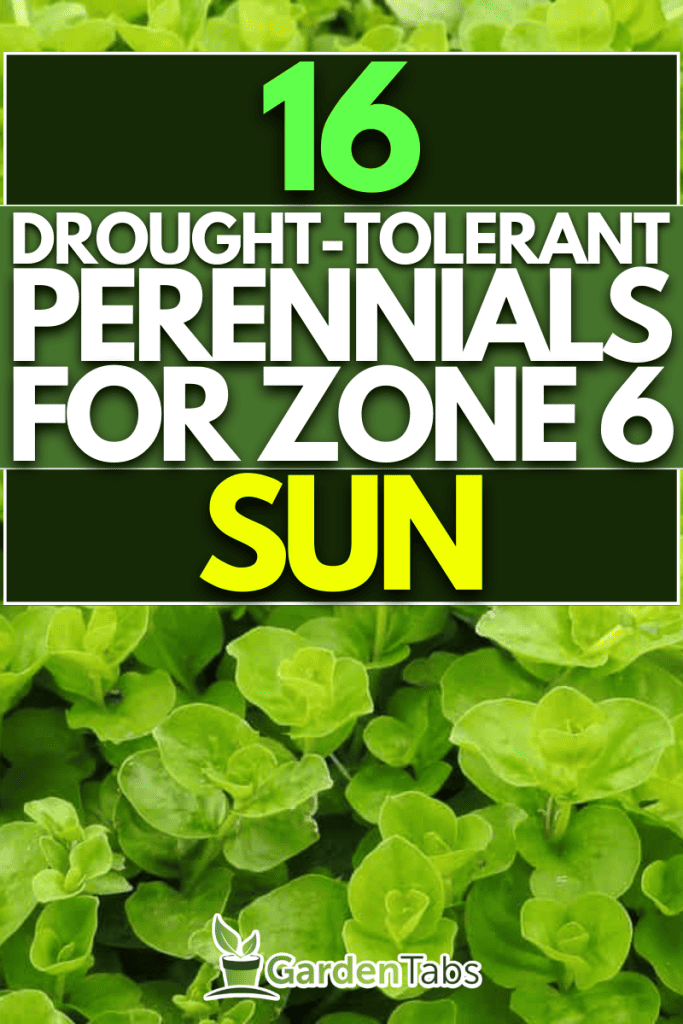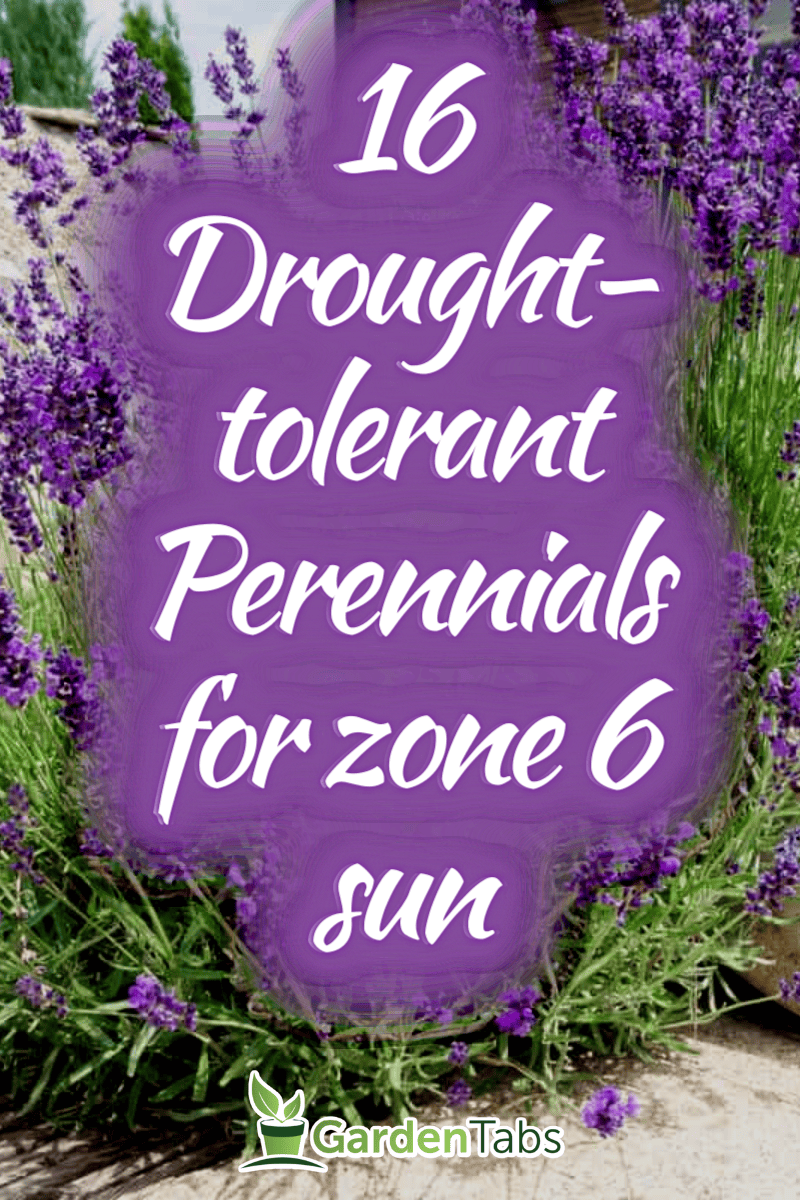USDA Hardiness Zone 6 has a good balance between cold winters and warm summers. The average winter temperature falls between zero and negative ten degrees Fahrenheit.
Zone 6 has a growing season from early spring to early fall. Mid-March is usually the last frost, and November is the season's first frost.
That said, it is essential to know what plants thrive in Zone 6. We have a spectacular list of Zone 6 perennials that are full sun and drought-tolerant.
Low maintenance with a high reward is the name of our game!
Without further ado, here are the top 20 plants:
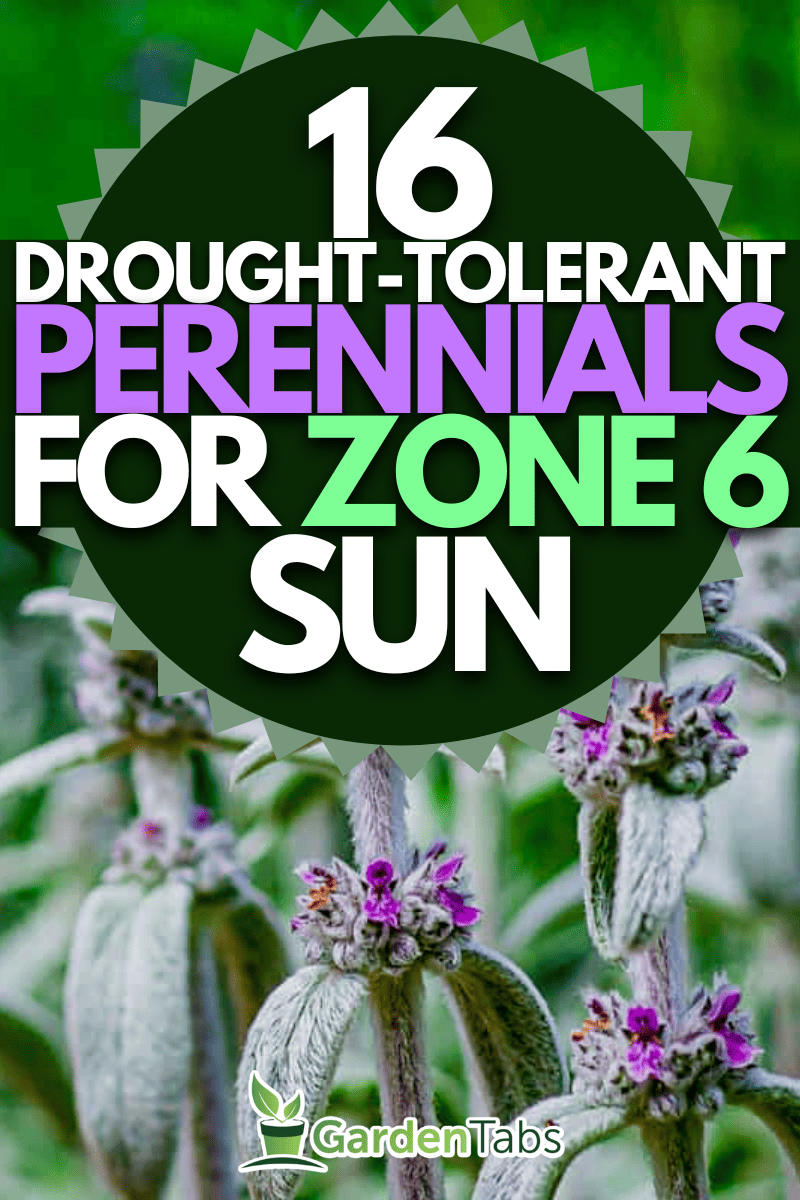
1. Lavender
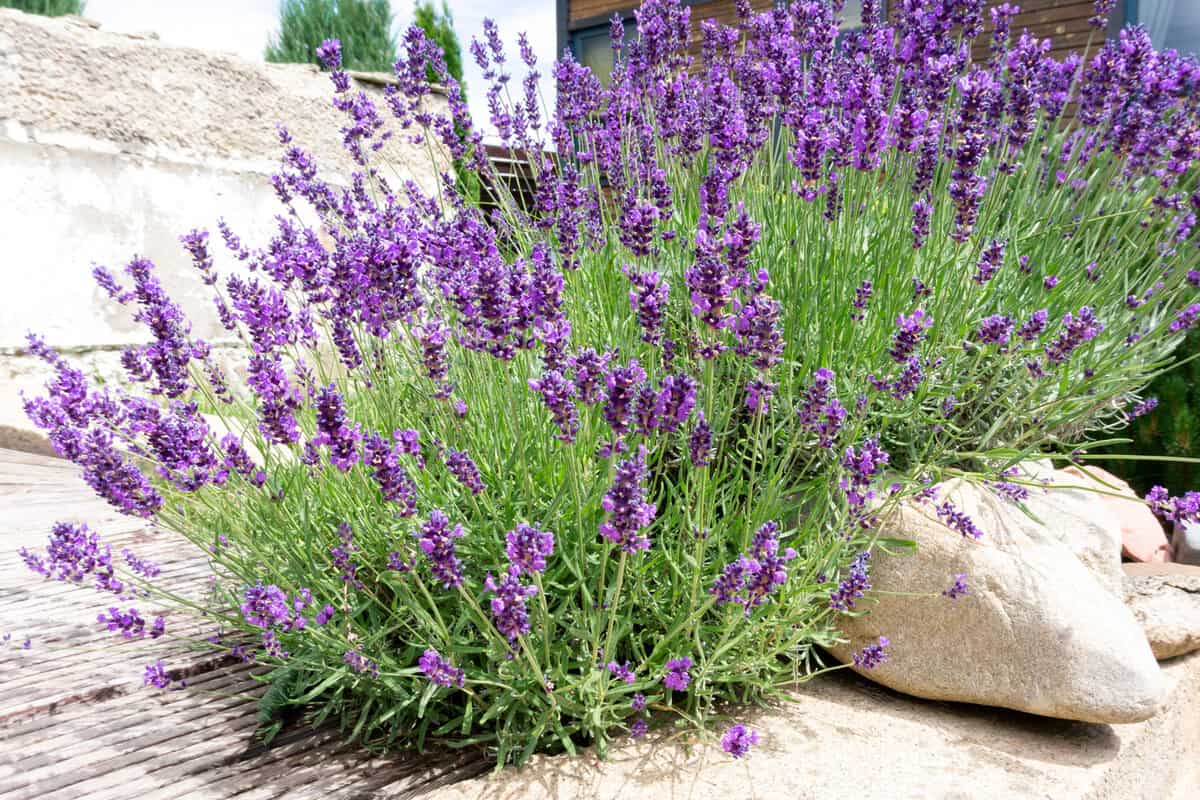
Lavender is one of the most beloved plants in the world! It is used in everything from food to makeup.
Furthermore, Lavender has a heavenly smell that promotes relaxation and is often used in stress-relieving products. This sun-loving perennial is drought-tolerant and doesn't need a lot of watering.
Once established, Lavender is a vigorous plant that doesn't need much attention.
Prune back your Lavender in the fall to promote new growth in the spring. These bushes get larger each year if taken care of properly.


See these Lavender seeds on Amazon.
2. Creeping Jenny
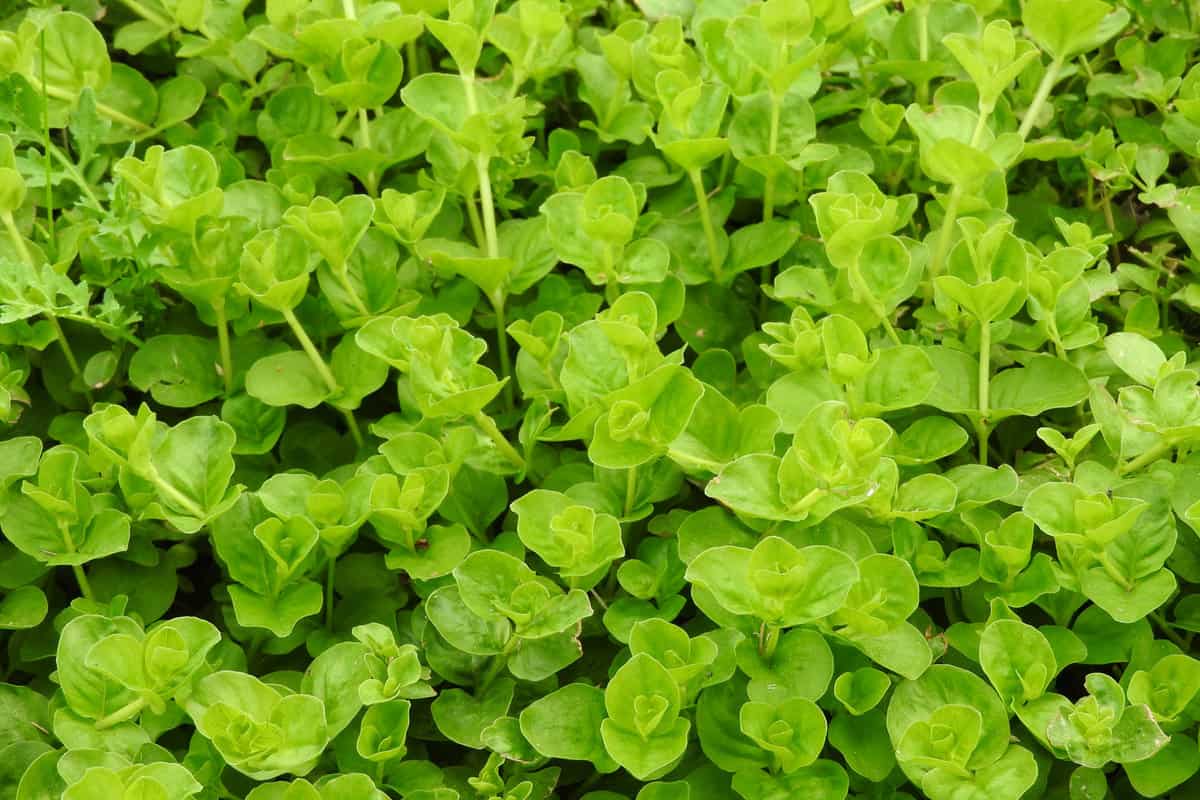
Creeping Jenny is a rugged ground cover for Zone 6. It is considered invasive, so be careful when planting next to other plants. It has bright green tendrils that spill beautifully over rock walls.
Give them full to partial sun, and they will flourish.
Also, they do well in containers or pots given the right conditions. This plant is usually used as a filler plant among taller shrubs or flowers. We love this creeper's uncomplicated style.
3. Lambs Ear
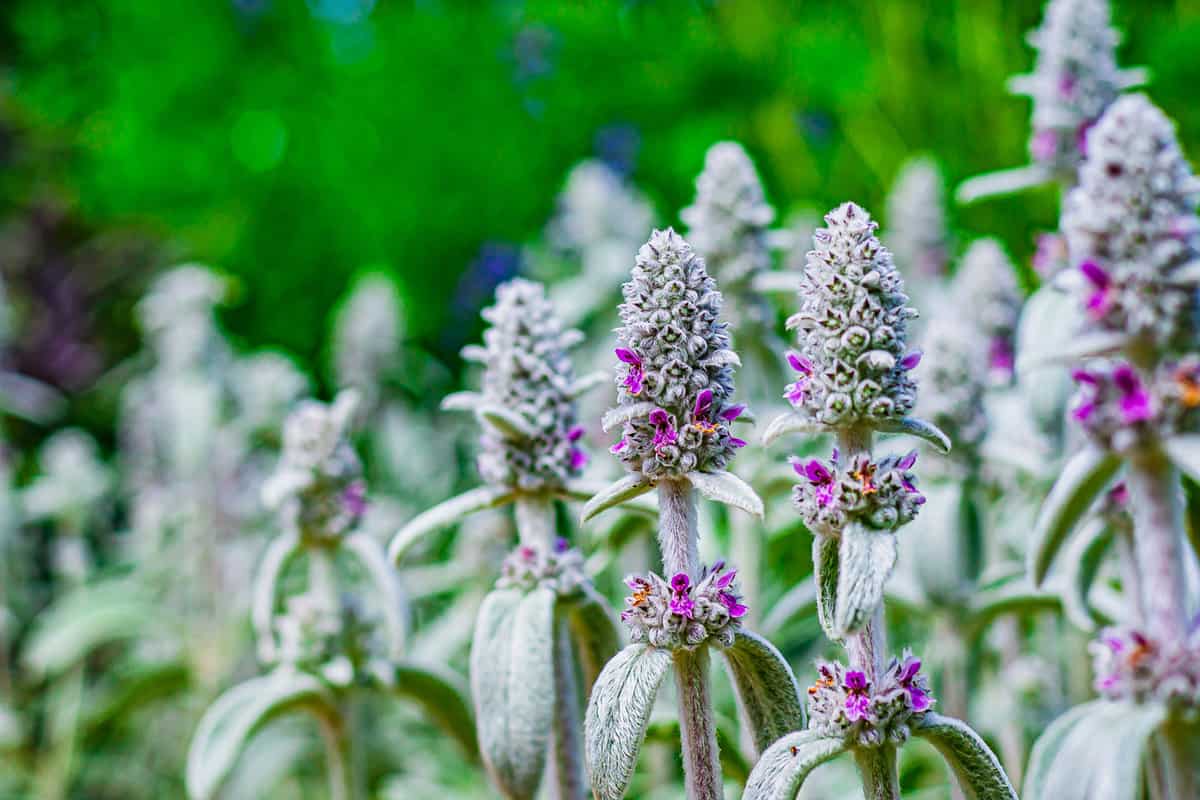
Lambs Ear is a full sun tolerant perennial with fuzzy, silvery leaves. This velvety plant gets its name from its woolly leaves. In the past, people used Lambs Ear like a Band-Aid to protect a wound and aid healing.
Lastly, they shoot up in the summer with tall, purple stalks that attract bees. Lambs Ear is a wonderful pollinator! They are drought-tolerant, so you won't need to water but once a week or less.
They are susceptible to mold and mildew if left in standing water too long or don't get enough air circulation. Give them plenty of space and prune often.


Click here to see these shears on Amazon.
4. Mint
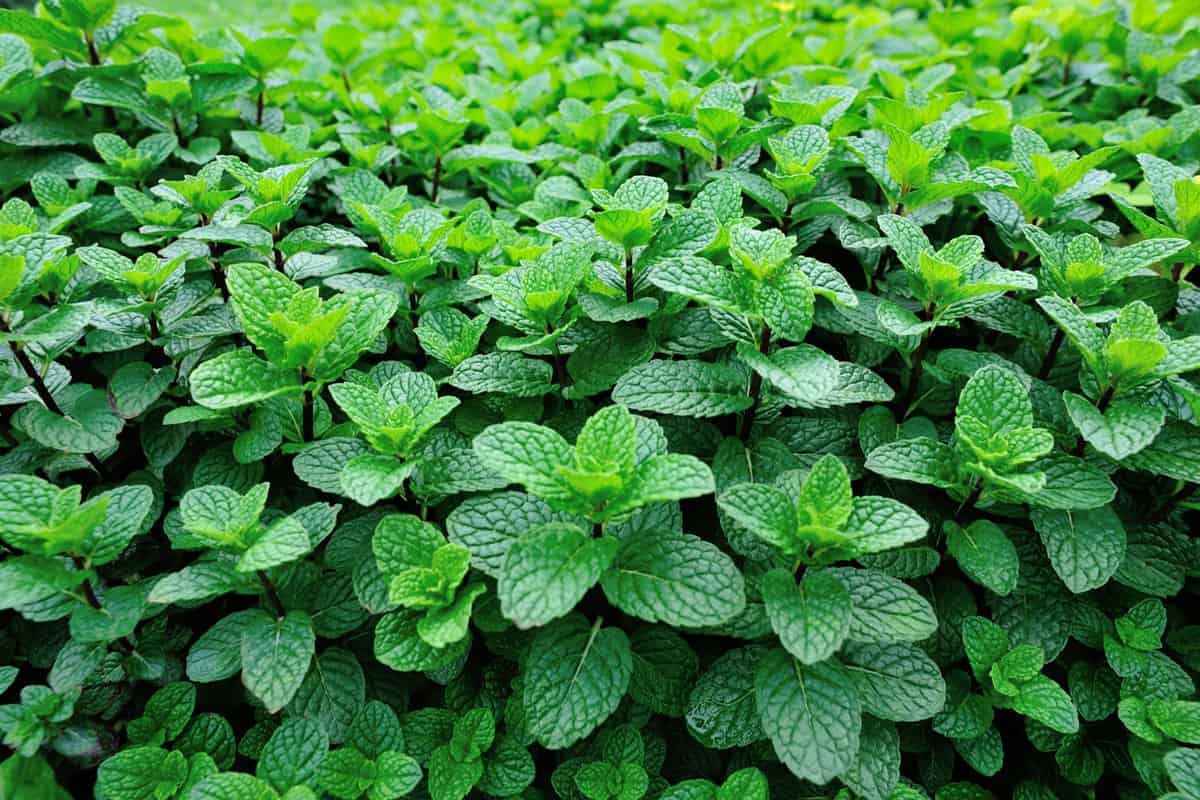
Mint is one of the hardiest herbs around! Historically, mint has been used for bad breath and as a natural remedy for nausea.
Another great way to use mint is by infusing it into your drinking water to boost flavor.
They are recommended to be planted solo to avoid choking other plants. Mint is considered invasive and will take up the nutrients from other plants if not tended to.
They need full sun and are drought-tolerant once established.
5. Iceberg Rose
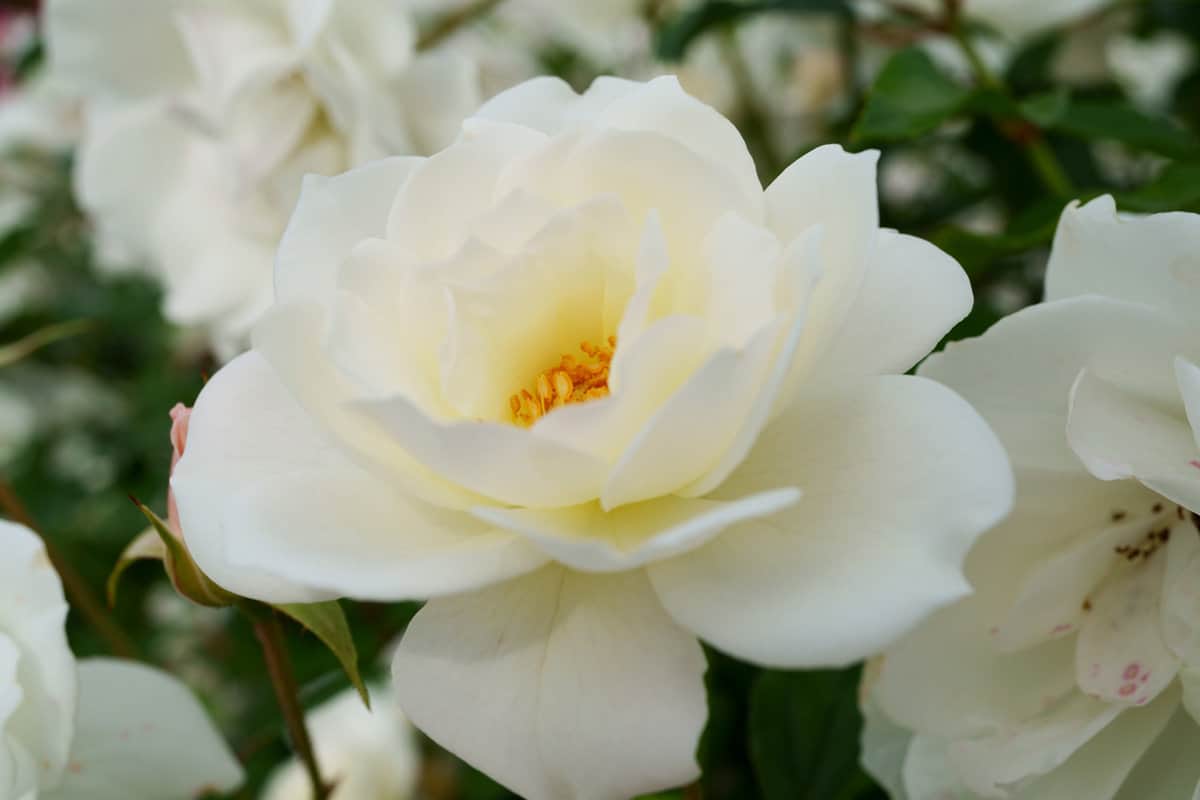
Iceberg Roses are one of the most popular kinds of roses. This is due to their charming buds and uncomplicated care. Their trademark is their crisp, white petals.
However, other variations can come in pink, purple, or red.
They need at least 6 hours of full sun per day. Overwatering can be a problem for Iceberg Roses. So, treat them like a drought-tolerant bush, and you're good to go.
Fertilize once per season with a rose-specified fertilizer.


Click here to see this rose fertilizer on Amazon.
6. Catmint
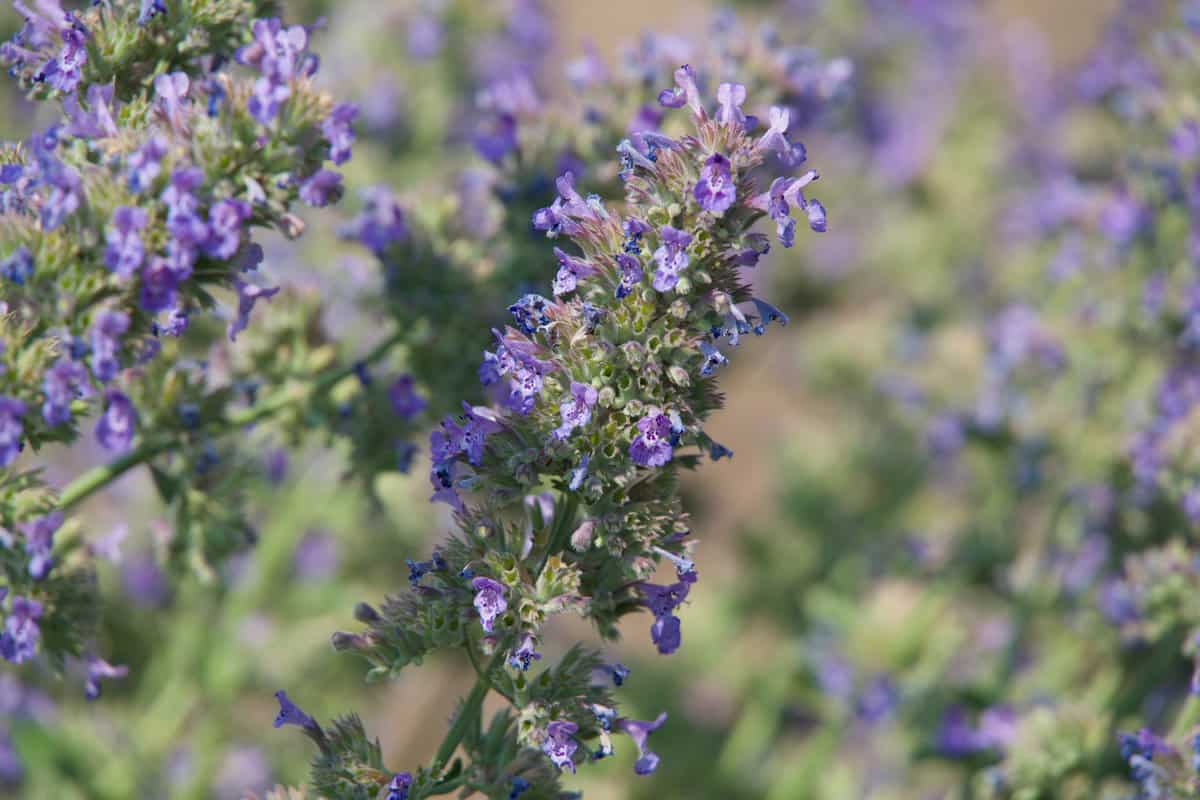
This blue-flowered plant is part of the mint family. It is considered invasive, just like mint, so keep that in mind when planting. The prescription to keep them healthy is full sun and well-drained soil.
They are also easy to care for and will come back stronger each year. The good news about Catmint is that it is disease-resistant and usually pest free.
7. Shasta Daisy
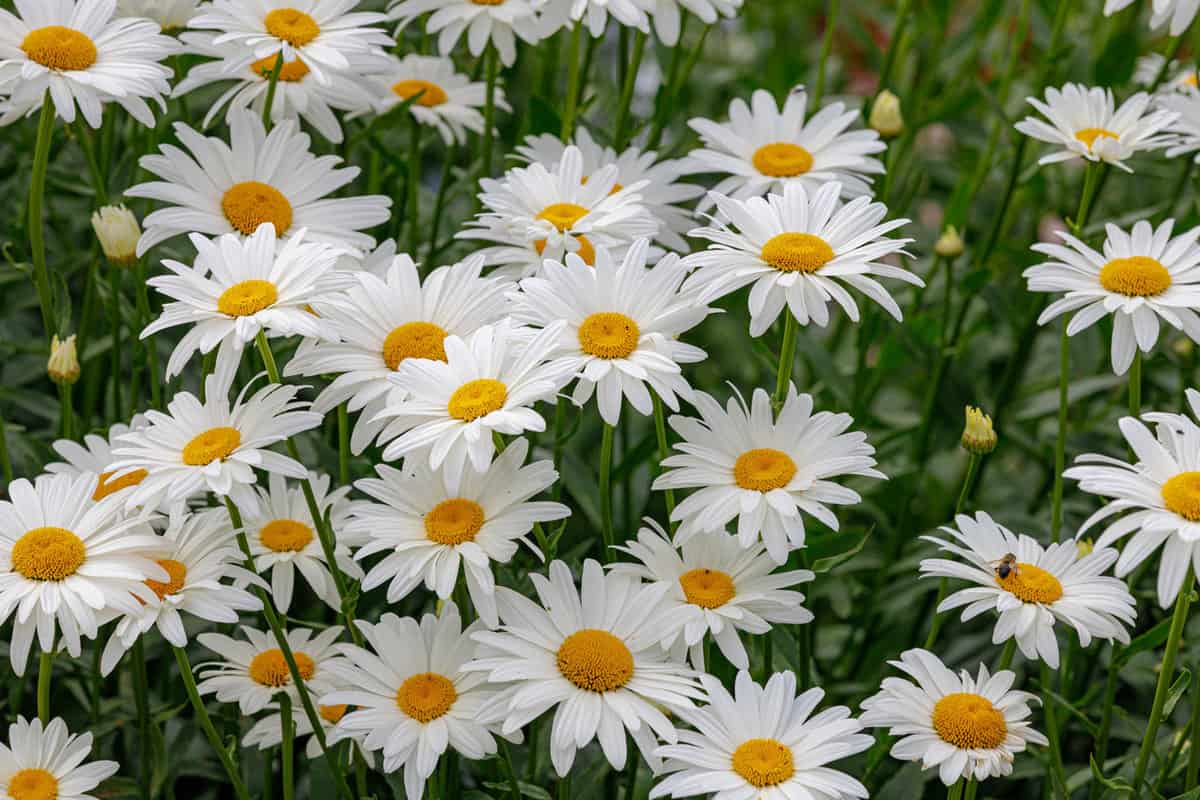
Shasta Daisies do magnificently in Zone 6 for several reasons. First, they meet the full sun requirements. Second, they are hardy perennials that won't die off in freezing weather. This is a win-win in our book!
They have beautiful white petals and a sunny yellow center. Their unique attributes include attracting butterflies, drought-tolerant, and few insect or disease problems.
In conclusion, we think everyone in Zone 6 should have Shasta Daisies in their garden.
8. Salvia
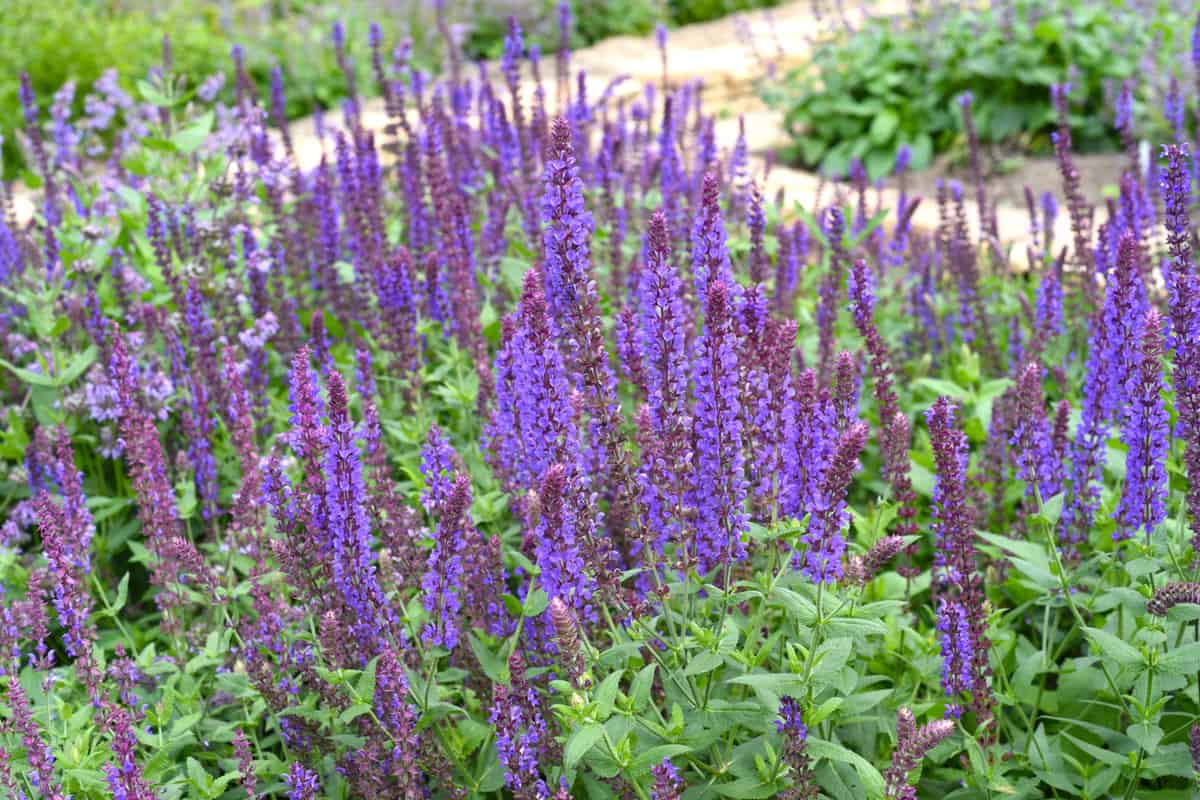
Salvia ticks all the boxes and then some! This perennial is drought-tolerant and is beloved by bees and butterflies. They provide tall purple blooms from spring to fall.
Technically, Salvia is part of the mint family, and we know how easy mint is to grow! You can say the same thing about Salvia.
They grow 18 inches to 5 feet tall. They need 6 to 8 hours of full sun daily and well-drained soil. Additionally, you can deadhead spent flowers during the summer to produce more blooms.
9. Blue False Indigo
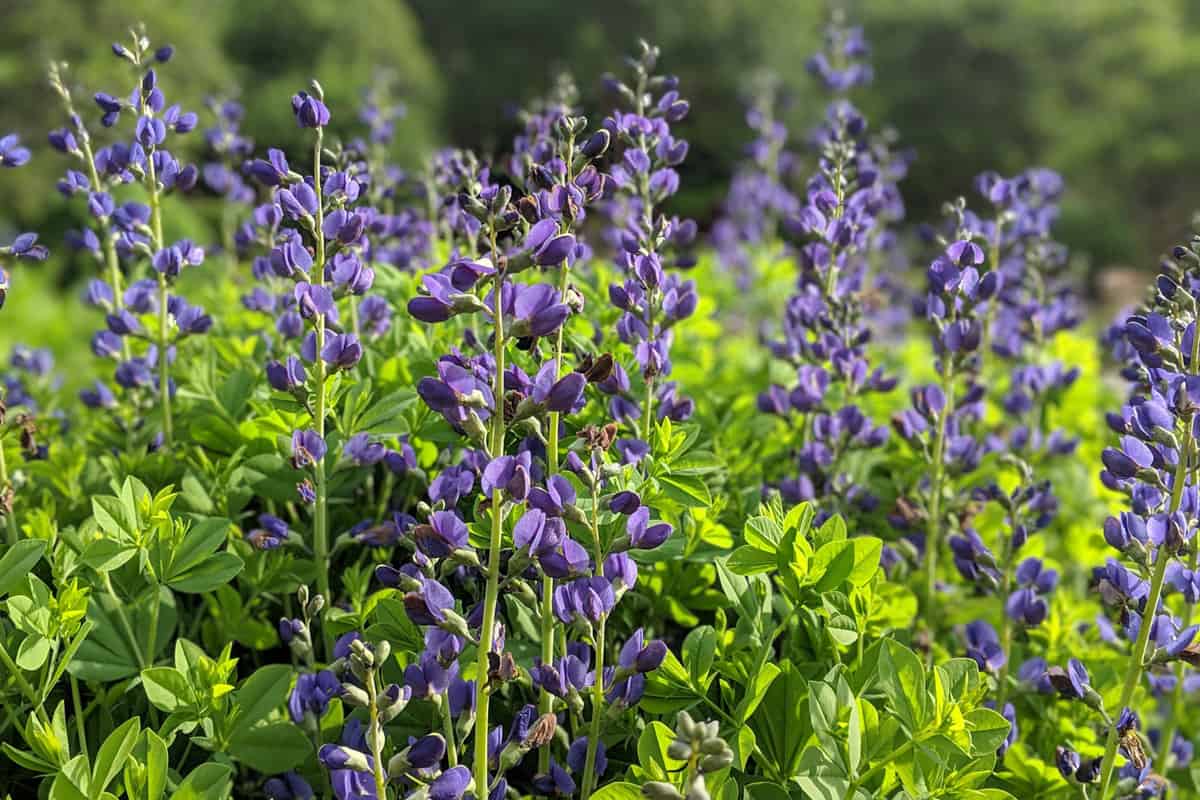
Blue False Indigo blooms purple and blue flowers in the early summer months. It is a bushy perennial that does fantastic in full sun.
A single bush can spread 3 to 4 feet. Make sure to give them plenty of space between each plant for the best results.
No pruning is necessary because all the new growth springs from the base of the plant. Although they are drought-tolerant, keeping evenly moist soil is always a benefit.
10. Daylily
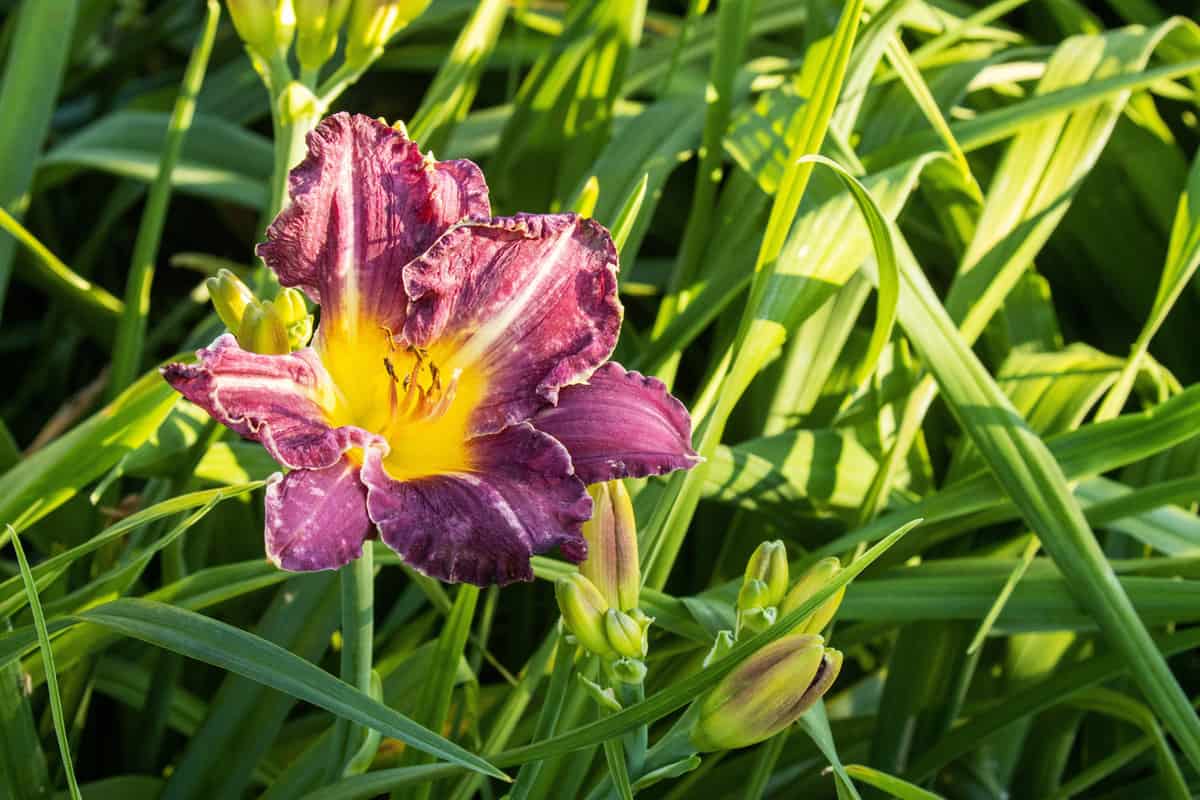
Commonly, Daylilies are grown for their attractive flowers. They need about 4 to 6 hours of full sun per day. Daisies can handle a little shade but prefer full sun.
They will return year after year, as they are tough perennials. Daylilies come in multiple colors like red, orange, yellow, white, pink, or purple.
11. Phlox
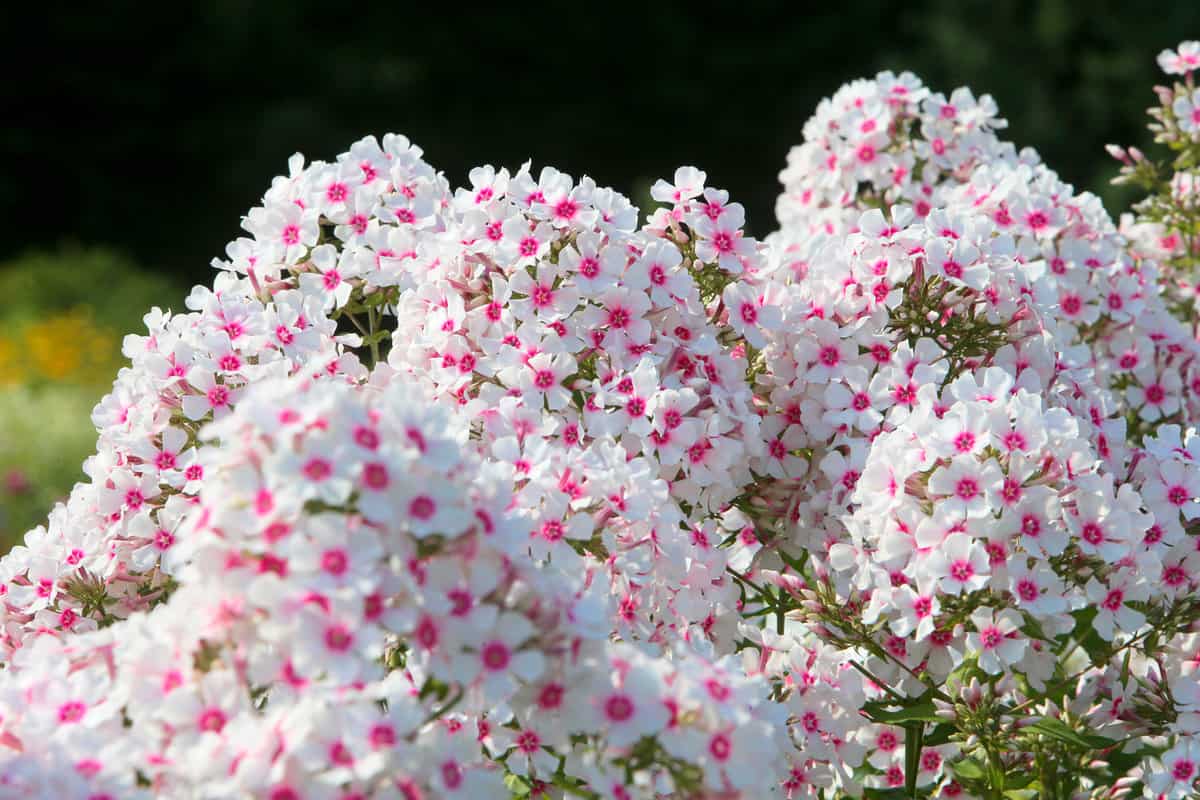
What a unique flower! Phlox has tiny clusters of star-like petals. They are flexible when it comes to sun preferences. They can do well in full shade to full sun.
You can't beat their versatility. There are many varieties - low growing, medium-height, or tall. They attract birds and butterflies and have a lovely fragrance.
12. Yarrow
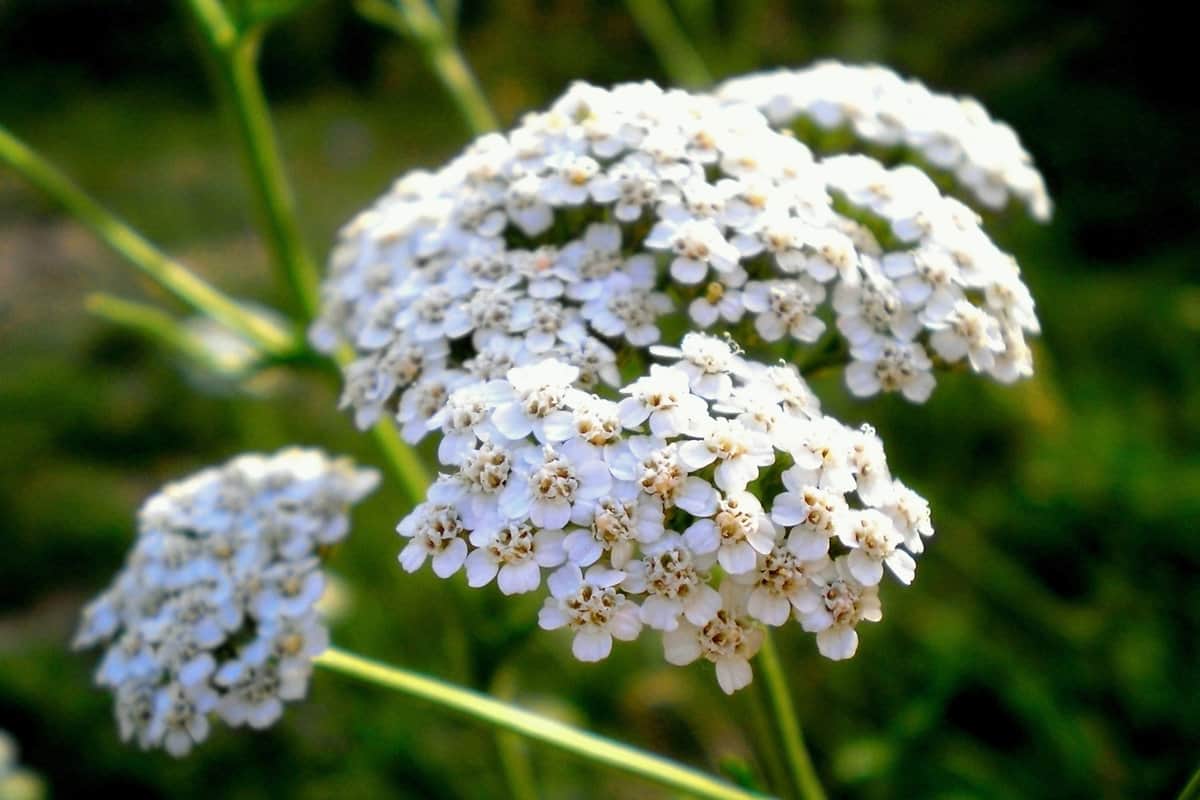
Yarrow should be a staple in Zone 6 gardens. Their tightly-packed, tiny clusters of showy flowers bloom in the summer. They come in hues of yellow, white, pink, and red.
It thrives in hot, dry climates and does best in well-draining soil. Usually, Yarrow is a maintenance-free, aggressive grower.
13. Goldenrod
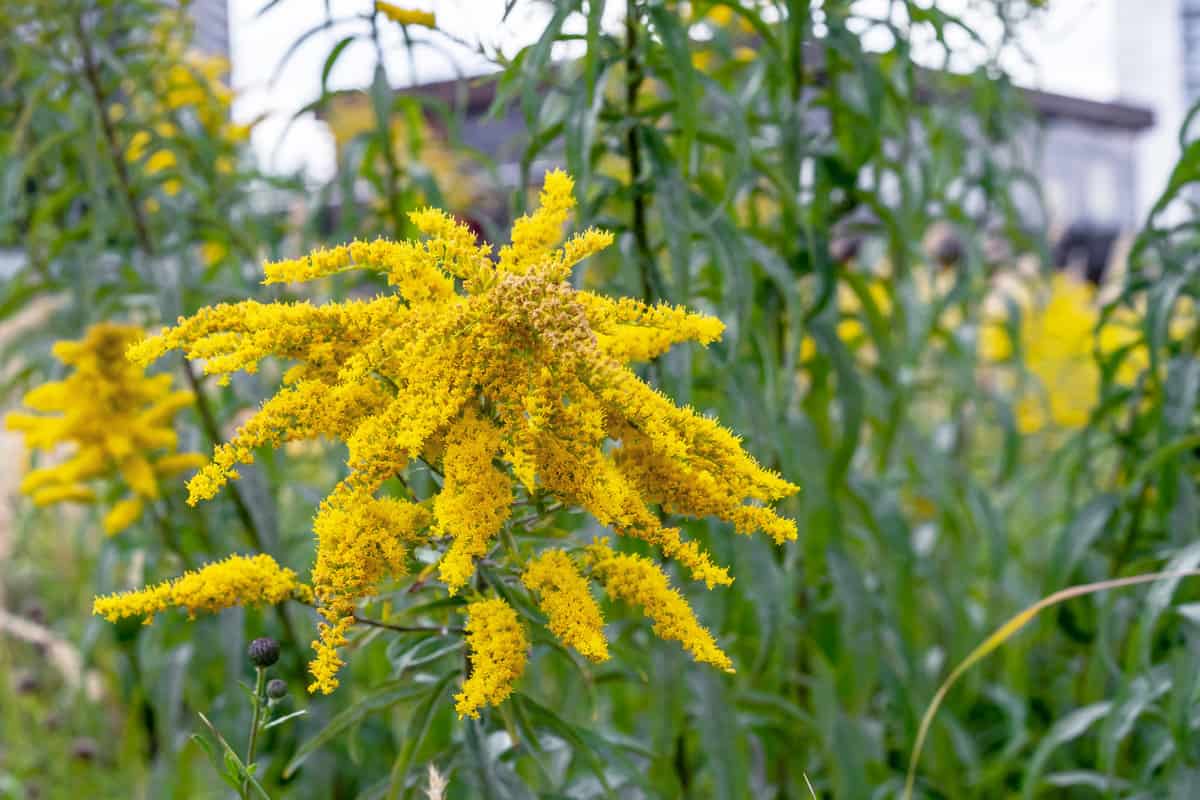
Golden in color, Goldenrod is tall and slim with spikey flowers. This perennial blooms from late summer to fall. They will grow well in sunny locations and tolerate various growing conditions.
They are drought-tolerant and seldom need to be watered more than once per week. Deadhead the spent blooms to encourage more growth.
Cut back Goldenrod in the fall to winterize and help it bloom the following spring.
14. Aster
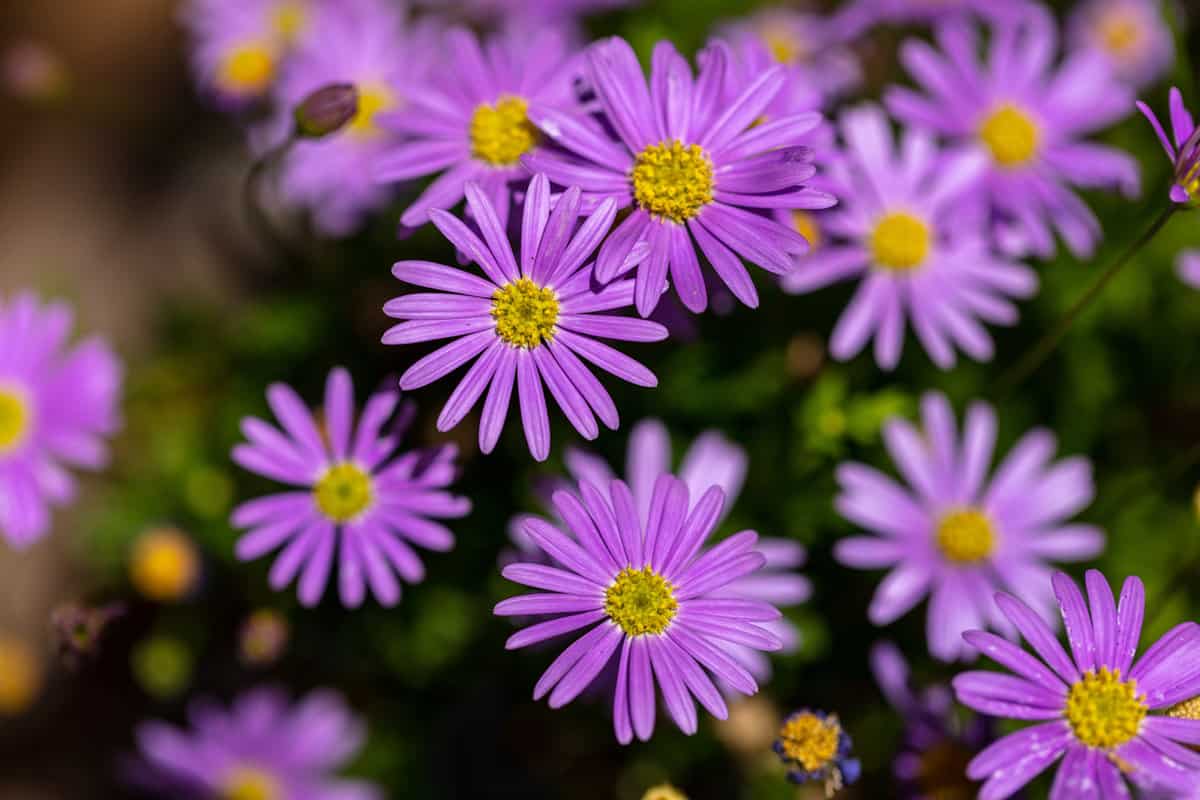
Purple and blue daisy-like flowers are stunning show-stoppers from August to October. Asters are perennials that can take several years to mature into full-sized plants. Be sure to give them full sun.
Otherwise, they can get lanky and have fewer blooms.
Asters dislike overly soggy soil, so let them dry out between watering. In this situation, they are drought-tolerant and don't need more than 1 inch of water per week.
15. Allium
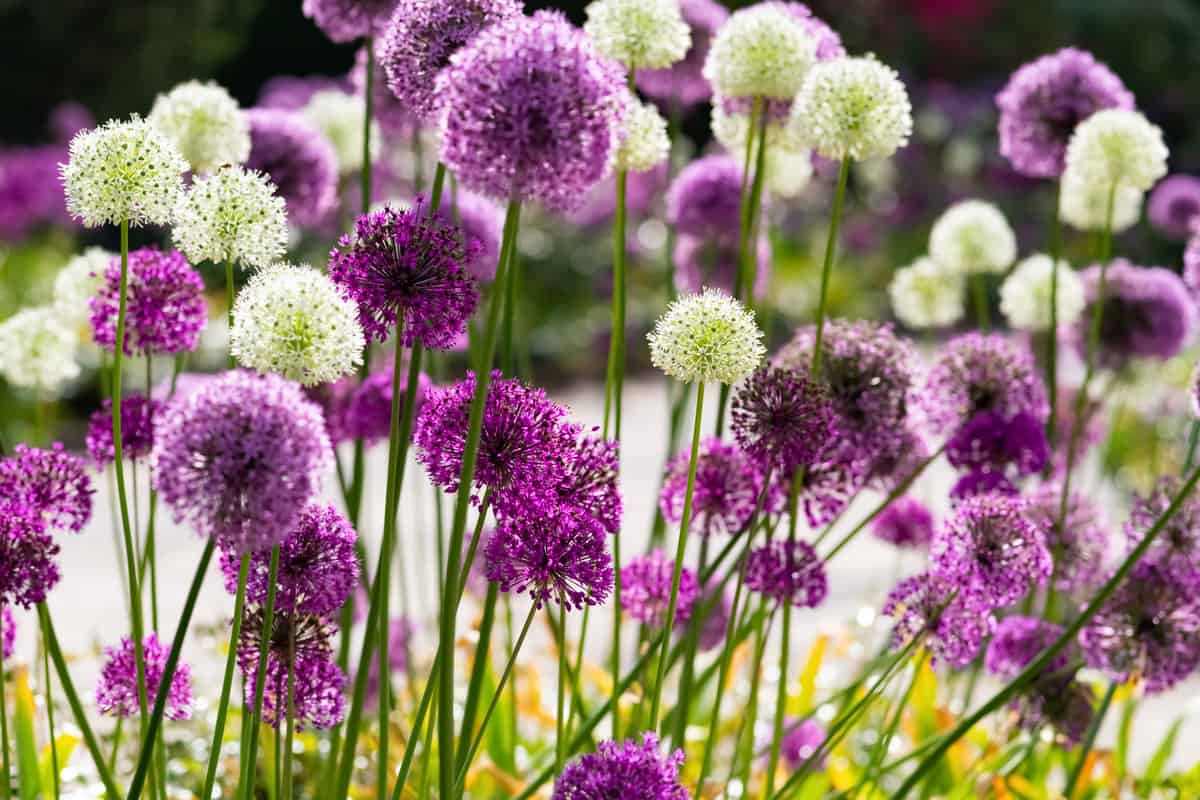
Alliums are ornamental onions. They are close relatives, except they look different. Alliums grow tall with star-shaped flowers.
They do well in all types of soil with full sun. Additionally, Alliums need infrequent watering, making them low-maintenance.
16. Russian Sage
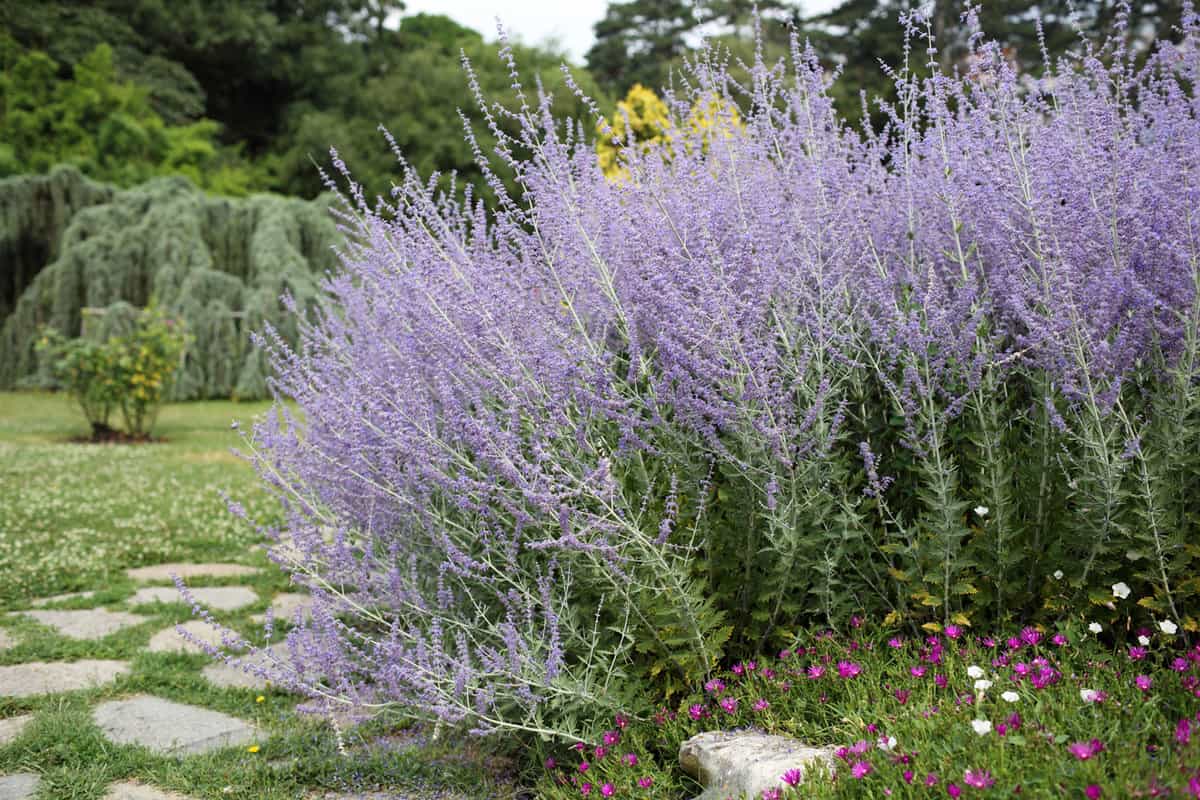
Growing Russian sage is a piece of cake. This perennial grows in full sun without much fuss. It is highly valued for its tiny blue flowers and grows well in any soil.
It is best to use a stake to support its tall height. In any case, we swoon over these shrubby perennials' low-maintenance.
To Finish Up
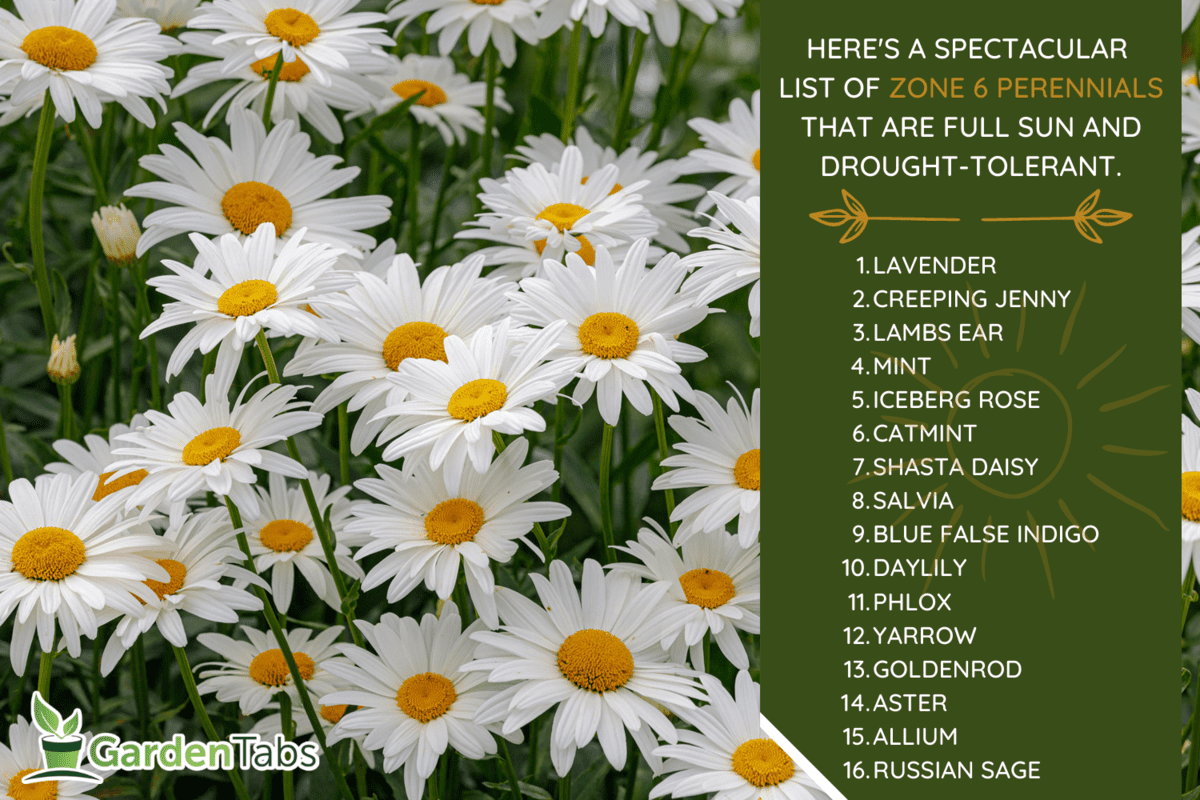
In brief, we went over the top 16 Zone 6 perennials that are full sun and drought-tolerant. We hope this information was helpful and inspirational. Come back again!
Made it to the end? Check out these related articles:
Zone 6 Flowers To Plant In Fall [14 Suggestions To Beautify Your Landscaping]

